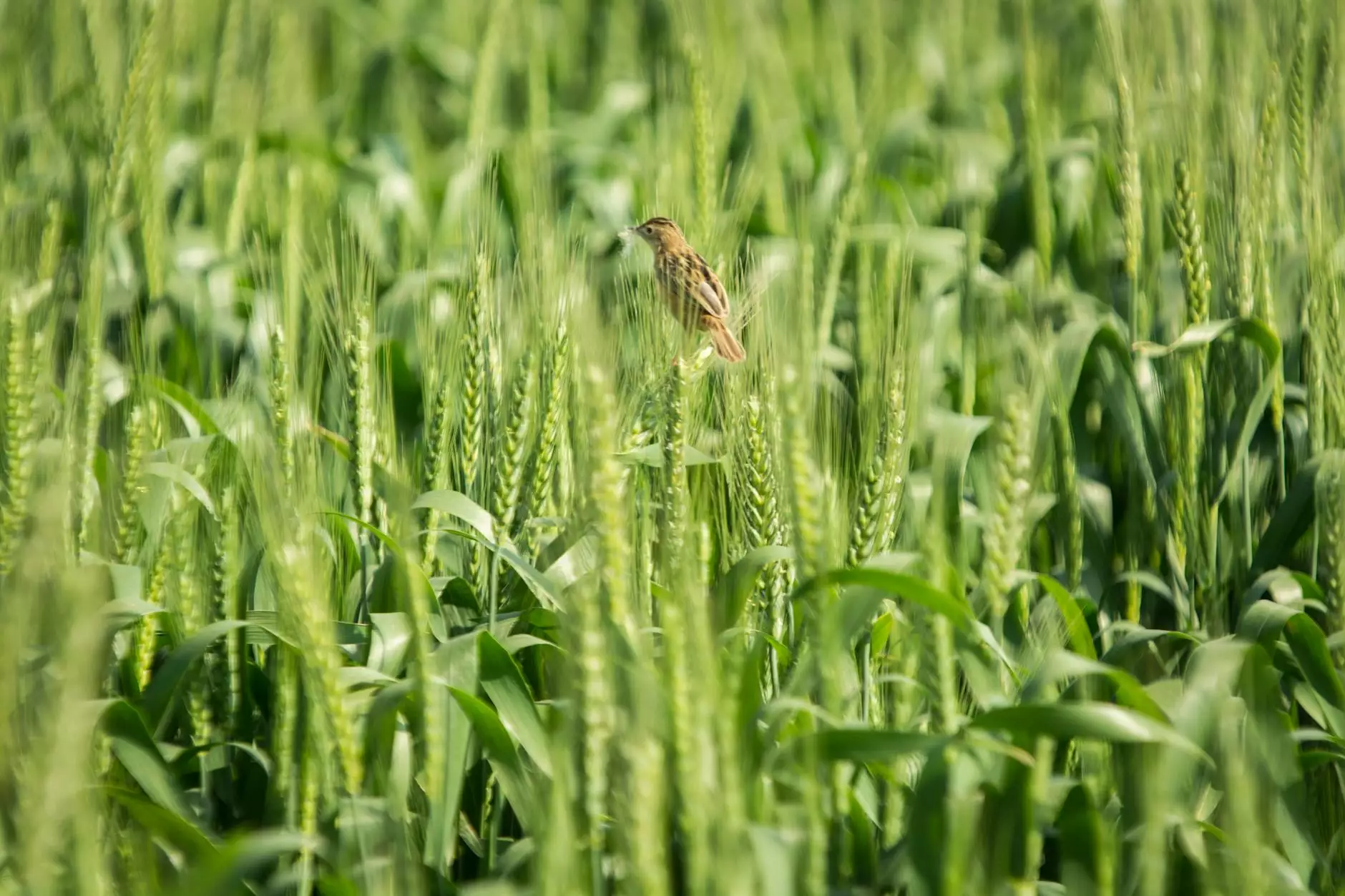Understanding Wheat Drying Temperature: A Comprehensive Guide for Farmers

Wheat drying temperature is a critical factor that every farmer must understand to ensure the quality and market value of their harvest. In today's competitive agricultural landscape, effectively managing the moisture content of wheat through proper drying techniques is essential. This article delves deep into the science behind wheat drying temperatures, exploring the optimal practices, recommended techniques, and the importance of using appropriate farming equipment.
Importance of Wheat Drying
The primary goal of wheat drying is to reduce the moisture content in the harvested grain to a safe level for storage. High moisture levels can lead to several issues:
- Microbial Growth: Excess moisture creates a conducive environment for mold and other pathogens.
- Quality Degradation: High moisture can affect the grain quality, leading to spoilage and loss of market value.
- Increased Storage Costs: Wet wheat is heavier and requires more energy for transport and drying.
Identifying the Optimal Wheat Drying Temperature
The optimal wheat drying temperature varies depending on several factors including the initial moisture content of the grain, environmental conditions, and the specific type of wheat being dried. As a general guideline, the following drying temperature ranges are recommended:
- 35-40°C (95-104°F): Ideal for reducing moisture slowly to preserve quality.
- 40-60°C (104-140°F): Effective for fast drying; however, higher temperatures can influence the quality negatively.
- Above 60°C (140°F): Should be avoided unless to remove excess moisture quickly; can cause damage to the grain.
Factors Influencing Wheat Drying Temperature
Several factors influence the decision on what drying temperature to use:
- Initial Moisture Content: The higher the initial moisture content, the more care is needed to avoid overheating the grain.
- Wheat Variety: Different wheat varieties have varying tolerances to heat and drying techniques.
- Climate Conditions: Ambient temperature and humidity levels can affect drying efficiency.
Recommended Wheat Drying Techniques
Farmers employ various techniques to dry their wheat effectively. Here are some of the most common methods:
1. Natural Air Drying
This method utilizes sunlight and wind, which are natural resources for drying grains. It is best suited for small-scale operations and during dry conditions. However, it requires careful monitoring to ensure moisture levels don’t rise again.
2. Batch Drying
Batch dryers are commonly used for on-farm drying. They allow farmers to process small amounts of grain at a time, providing controlled drying conditions that can be adjusted based on initial moisture content.
3. Continuous Flow Drying
Continuous flow dryers are larger systems designed for high-volume operations. They can maintain consistent drying temperatures and are generally more efficient than batch drying methods.
4. Heated Air Drying
This method involves heating air before it is circulated through the grain. This technique allows for quicker moisture removal but requires careful temperature management to avoid overheating.
Choosing the Right Equipment for Wheat Drying
Investing in the right machinery is essential for effective wheat drying. Here are some key pieces of equipment to consider:
- Grain Dryers: There are various types of grain dryers available, including portable and stationary models tailored to different farming operations.
- Sensors and Monitoring Systems: Modern drying systems often include advanced sensors to monitor moisture content and temperature, ensuring optimal drying times.
- Fans and Blowers: Essential for air circulation, these components help maintain an even drying process.
Best Practices for Harvesting and Drying Wheat
To maximize the quality of the harvested wheat, farmers should adhere to the following best practices:
1. Timely Harvesting
Harvesting wheat at the right time optimizes yield and grain quality. Ideally, wheat should be harvested when the moisture content is around 20-22%.
2. Minimize Field Drying
Field drying can result in uneven moisture levels; thus, prompt harvesting and drying are crucial.
3. Regular Maintenance of Drying Equipment
Keeping drying equipment in good working condition prevents breakdowns and ensures efficient operation.
Monitoring and Adjusting Wheat Drying Operations
Monitoring moisture levels during the drying process is vital. Farmers should consider implementing the following adjustments:
1. Continuous Moisture Testing
Use moisture meters to continuously test the grain's moisture levels. Aim for a final moisture content of 12-14% for safe storage.
2. Temperature Control
Adjust the drying temperature based on moisture content and environmental conditions. Always aim to stay within the optimal ranges discussed.
Conclusion
In conclusion, understanding the importance of wheat drying temperature is essential for every farmer looking to preserve the quality of their wheat and maximize profitability. By implementing the recommended practices, choosing the right equipment, and continuously monitoring the drying process, farmers can ensure their harvested wheat is of the highest quality and ready for the market.
For more information on quality farming equipment and farm equipment repair, visit tsgcinc.com.
© 2023 TSGC Inc. All rights reserved.









